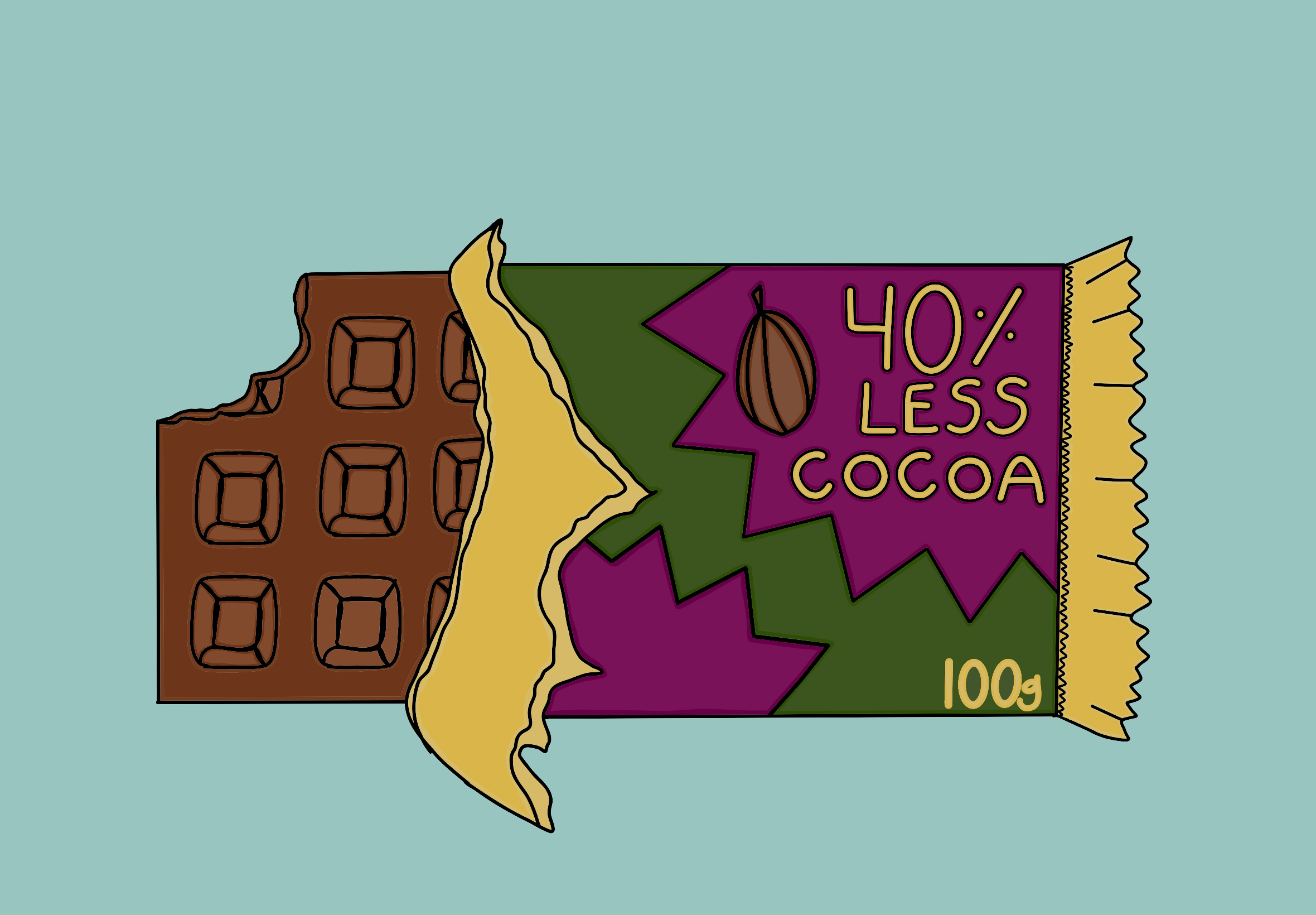Extraversion and introversion are words that are thrown around quite liberally these days. To the frustration of many, these terms are often misunderstood and can even have negative connotations. A common misperception is that extraverts are highly animated, high-energy social butterflies, and introverts are shy, reclusive wallflowers. The fact is, however, that most people, rather than being strictly one or the other, tend to fall somewhere between extraversion and introversion, and can display qualities of each at different times. It may be useful to consider the two opposites as being on either side of a spectrum, with a preference toward introverted or extroverted tendencies changing regularly.
In psychology, extraversion and introversion are terms that were popularized by psychologist Carl Jung who believed that each is a differing attitude toward life and a natural source of motivation. Jung developed a theory of psychological types, which includes eight different traits—two of which are extraverted and introverted—and how they combine to create different personality types. Jung’s theory of psychological types is recognized today as the basis of much study and debate around personality psychology.
If you have ever read profiles of extraverted or introverted personality types, or have ever ventured to take a test to find your own—Myers-Briggs is a helpful and often eerily accurate example—you may be familiar with some of the described characteristics of each. The extravert is comfortable in and prefers group situations and has a wide range of friends. They are motivated by external factors and are energized and stimulated by activity around them. They may tend to act quickly without allowing very much time to think things over, and take greater risks. The introvert, on the other hand, is comfortable with being alone and prefers to know just a few people. Their motivation comes from within, and they spend a lot of time reflecting on things. They like to think ideas through before speaking, which sometimes means that they do not act quickly and tend to lean away from risky impulses.
Talent and ability aren’t inherent to either personality type. Each has great potential to thrive in different and often overlapping environments. In a society that values enthusiastic, boisterous spirits, high visibility, and high energy in people, a clear bias toward extraversion is evident, which can be endlessly frustrating for an introvert. It’s a common myth that introverts are unfriendly and unsocial because they generally spend more time on their own and tend to be reserved.
An interesting juxtaposition is the way that extraverts and introverts see and interpret each other. The introvert is able to see the characteristics of the extravert and understand them, whereas the extravert has a harder time understanding those of the introvert. This has little to do with intelligence or perceptiveness; rather, extraverts see being alone as being lonely, and can’t understand this preference to being among others because they are so energized by it.
Unfortunately, many extraverts see introverts as lonely, and, therefore, perceive introversion as a fault that the introvert should work to “fix” if they want to be happy. If anyone has ever told you, “You should just be more social,” you probably know what I mean. This is especially unfortunate because it means that many introverts look at this natural part of them and see a fault that they need to change.
Of course this is a problem because changing your whole personality isn’t as easy as just being more social. More than that, an introvert should not necessarily want to strive to be more extraverted. Each personality type has its own advantages and potential to be reached. Each type should strive to embrace this part of them and learn how they can take advantage of it to the fullest extent. After all, a personality is just as much a part of a person as their hands and feet, and by trying to change to fit the norm, one may as well be cutting them right off for all the good it does.
Instead of trying to change ourselves or expecting others to change, it would be much more productive if we tried to learn more about differing personality types and how we can support one another. Differences in people are what can make our relationships so great and rewarding, but they can also make things difficult when heads butt. The best thing that we can do is be aware of how we interact with one another, and remember that that which is true for one person will not necessarily be true for someone else.







